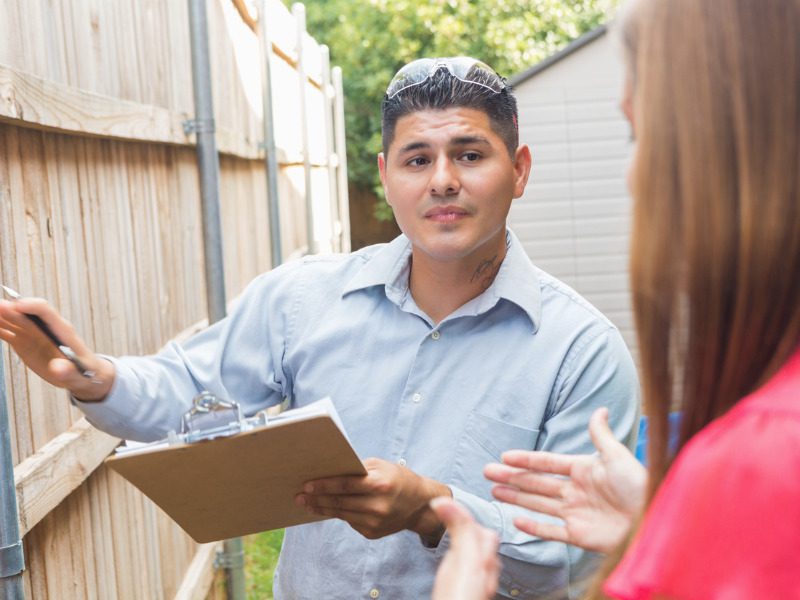How growth of in-house claims teams impacts IAs

While in-house claims adjusting generally works well on low-severity events, larger-scale events often require the personal touch and the explanation of next steps, notes Lorri Frederick who recently retired from her role as president of ClaimsPro.
“We see the independent adjuster model remaining very relevant to provide that staffing variation or flexible options for insurers to deal with these events and have boots on the ground,” she tells CU.
“There will always be a mixed approach of both in-house and IAs. Insurance companies want to in-source, but at some point they want to keep the costs of their claims department at a set level.”
She adds the independent firms can serve to create flex when high-volume events occur. Plus, that allows firms to not have people sitting idle when they don’t have that volume.
What’s more, in-sourcing everything isn’t practical or even possible because you’re never going to have the footprint, says new ClaimsPro president Paul Gilbody, particularly in a country the size of Canada.
“You’re never going to have the economies of scale,” he tells CU. “You’re never going to have that level of capability.”
Several insurers have indicated they’re in the process of building in-house Cat teams and Gilbody notes his firm has had conversations with some of them.
“There’s always going to be a need for some form of capacity outside of their internal resource,” he says. “Now, would I outsource everything to an IA? Probably not. I think there’s a balance. There’s a role for an IA firm to assist when you need them.”
This article is excerpted from one appearing in the April-May 2024 print edition of Canadian Underwriter. Feature image courtesy of iStock.com/SDI Productions



